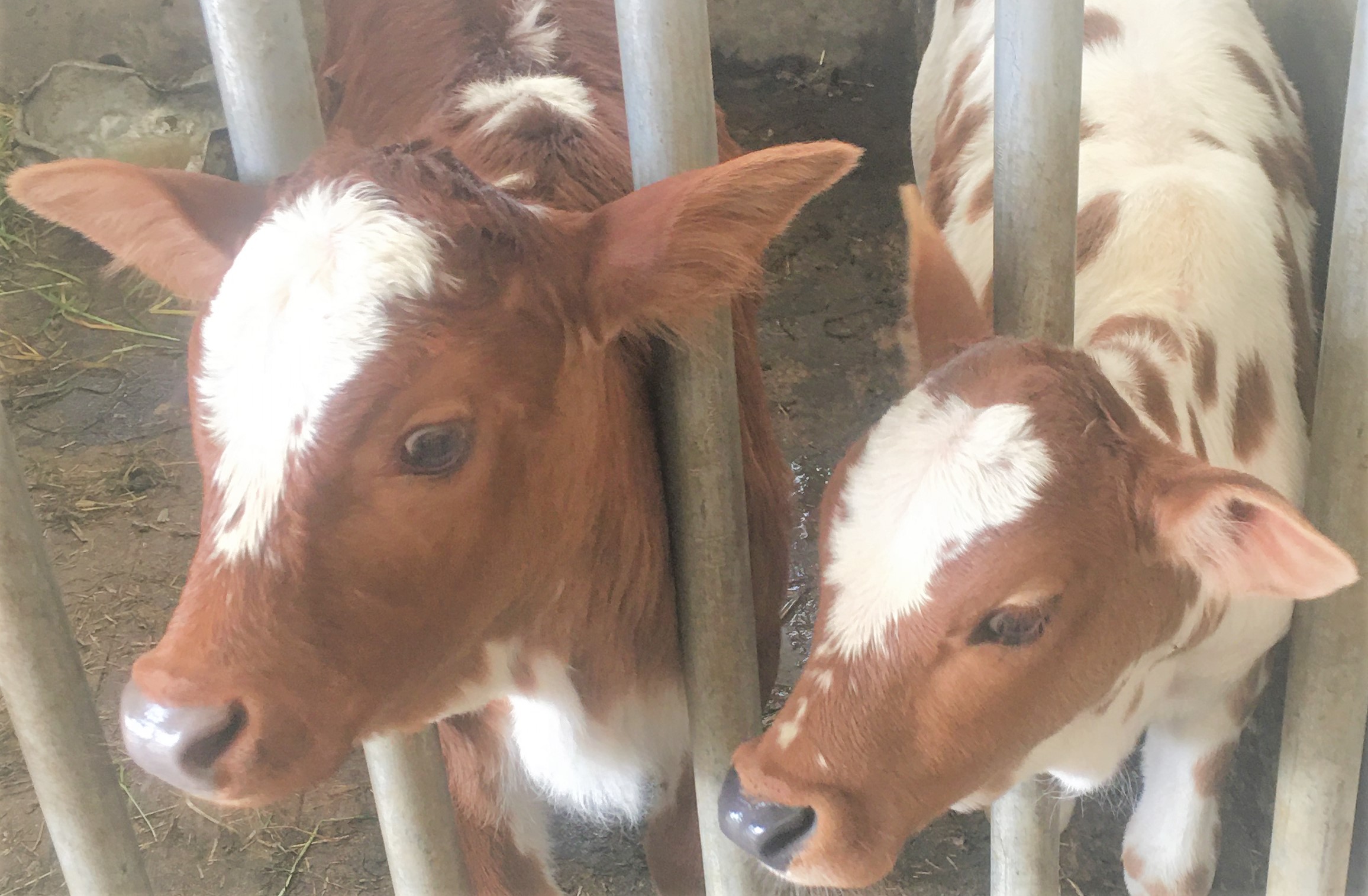Determining cost of milk production in Bhutan
Keywords:
Cost-benefit analysis, cost of production, dairy farming, profit marginAbstract
It is important to determine the cost of production to ascertain the profitability of any farming enterprises. A simple cost-benefit analysis was carried out in the selected cattle rearing districts representing four Agro-Ecological Zones (AEZs) to establish cost of production for milk in Bhutan. A total of 320 dairy units, 80 each from four AEZs were randomly sampled. The primary data were collected from dairy farmers through face-to-face interview using a pretested semi-structured questionnaire. The details of cost were estimated using Microsoft Excel and the final data set was analyzed using ANOVA in SPSS version 20. The overall average annual capital investment per dairy unit under smallholder farming system in Bhutan was Nu. 27,258. The highest investment cost was accounted for cow purchase of 38%, followed by 33.63% on farm machinery and equipment. The overall, annual average variable cost recorded was Nu. 2, 14,052 per dairy unit, with labour constituting the highest cost of 65%, followed by feed cost of 31%. The study recorded significantly higher fixed and variable costs in cooler and dryer zones in comparison to the warm and wet zones (p<0.05). The overall average cost of production (CoP), farm gate (FG) price and profit margin recorded for litre of milk were Nu. 26.85, 38.7 and 11.9, respectively. Both CoP and profit margin differed significantly between the AEZs (p<0.05). The CoP was higher in cooler (Nu. 38.9/litre) and dryer zones (Nu 31/litre) as compared to that of warmer and wetter zones. Further, CoP also significantly differed between the herd sizes (p<0.05), where the CoP of smaller herd size (1-5 milking cows) was almost three times higher than the bigger herd size of 6-10 milking cows. The study concludes that in general, irrespective of AEZs increase in business volume and reduction in maintenance costs through strategic interventions such as in-house production of replacement stock, improvement in availability of feed and fodder resources, efficient utilization of farm labour and application of labour-saving devices can reduce the cost of production and maximize profit in dairy farming.

Downloads
Published
License
Copyright (c) 2021 Bhutan Journal of Animal Science

This work is licensed under a Creative Commons Attribution 4.0 International License.





